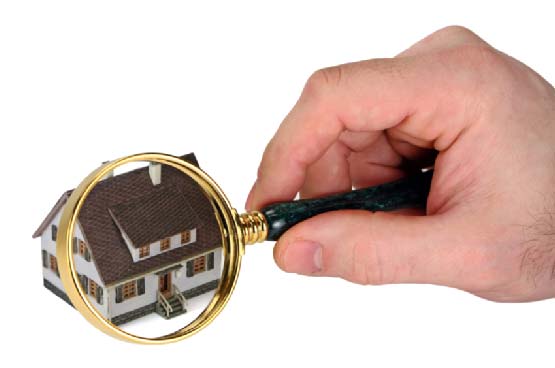Warning Signs That Your House is Sinking

Is Your Home Sinking?
Owning a home is a substantial investment, and maintaining its structural integrity is essential. One of the more severe issues that homeowners may face is a sinking foundation. This problem can compromise the safety and value of the property. Recognizing the early warning signs of a sinking house is vital for addressing issues before they escalate into costly repairs.
Uneven Floors
One of the first indicators that your house may be experiencing foundational issues is the presence of uneven floors. Floors that slope or have noticeable dips can suggest that the foundation is no longer level. This unevenness occurs when part of the foundation has sunk lower than other areas, causing a shift in the house’s structure. Such disparities in floor level are not just aesthetic issues but also pose tripping hazards, making them important to address promptly.
Foundation Cracks
Cracks in the foundation are tell-tale signs of structural movement and can indicate serious problems like a sinking foundation. These cracks are usually visible in the exterior concrete or block foundation and can vary in size from hairline to several inches wide. While small cracks could simply result from normal settling, larger fissures suggest significant movement and potential instability. Monitoring and evaluating these cracks can help determine if they are worsening or indicative of ongoing issues.
Drywall Cracks
As a house begins to sink, the stress and shifting it causes can lead to cracks in the drywall. Typically, these drywall cracks appear around doorframes and windows or along the walls at points where stress is concentrated. While it’s common for small, hairline cracks to form due to seasonal expansion and contraction, larger, zigzagging cracks that grow over time signify more severe structural shifts, often linked to a sinking house.
Doors and Windows Stick or Won’t Close Properly
Another common sign of a house sinking is when doors and windows begin to stick or fail to close properly. If a foundation shifts, it can alter the frame structures of doors and windows, making them difficult to operate. This problem can initially seem like a minor inconvenience but may actually point to a greater issue with the home’s alignment due to a shifting foundation.
Floor Cracks
Beyond the external signs, internal cues like floor cracks also provide evidence of foundation issues. In homes with tile or vinyl flooring, you might notice cracks that follow the lines of the foundation’s sinking. Similarly, in homes with wooden floors, you may observe gaps between the floorboards or nails popping out as the floor structure shifts. These disturbances are not only unsightly but also indicative of the underlying movements of a house sinking.
Gaps Between Walls and the Ceiling or Floor
Gaps, where the walls meet the ceiling or floor, are often overlooked but critical signs of a house leaning. These gaps typically indicate that the entire wall is shifting either upwards or downwards, relative to the rest of the structure, due to the uneven settling of the foundation. This separation can progressively worsen if the sinking foundation is not addressed.
House Leaning Visibly
In extreme cases, the sinking of a house can become visible from the outside. A house leaning to one side or visibly tilting can indicate severe foundation sinking. This is often more apparent in multi-story buildings but can also be detected in single-story houses by observing from a distance. This level of foundation failure is critical and requires immediate professional assessment.
Water Pooling Near the Foundation
Finally, environmental factors such as water pooling around the foundation can exacerbate existing issues. Water accumulation can further soften the soil, intensifying the sinking process. Effective drainage solutions are essential to mitigate this risk and help maintain the stability of the foundation.
Regular Inspections are Key
Identifying and addressing the early signs of a sinking house is crucial in maintaining your home’s safety and value. Homeowners should regularly inspect their homes for uneven floors, foundation cracks, drywall cracks, malfunctioning doors and windows, floor cracks, and any signs of the house leaning or tilting. Early detection and intervention can prevent more severe damage and save significant repair costs. Consulting with a structural engineer or foundation repair specialist can provide tailored solutions and peace of mind for homeowners facing these daunting challenges.
Is Your Home At Risk? Structured Foundation Repairs is Here to Help
At Structured Foundation Repairs, trust and integrity form the core of our service. Since our establishment in 2003 by Texas A&M graduate Tom Kidd, we’ve grown from a small team to a premier provider of foundation and roofing solutions in the Dallas/Fort Worth and Houston areas. Our accolades, including the “Aggie 100” and Angie’s List Super Service Award, along with our record of over 34,000 home repairs, affirm our commitment to excellence. In 2023, we further committed to our values by transitioning to an Employee Stock Ownership Plan, making our employees owners who are genuinely invested in your satisfaction. Facing foundation issues? Choose Structured Foundation Repairs for unrivaled expertise and care. Discover how we can protect and enhance the safety and value of your home.
